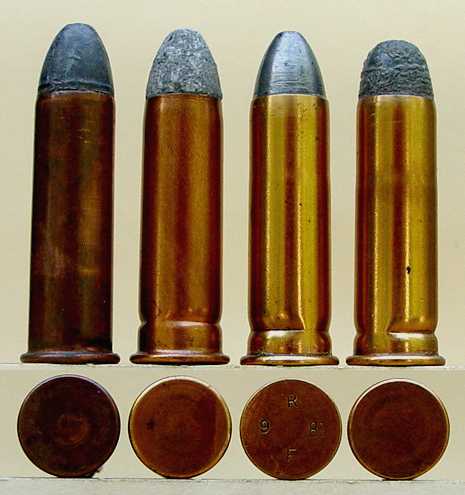Ok, most folks reading this probably know the .44 Russian was the first internally-lubricated cartridge design, and the story behind it too.
Out of boredom, I opened up a notepad document and started jotting down all the rimfire and centerfire cartridges I could think of that came along before the .44 Russian in ~1870.
.22 Rimfire, .32 Rimfire, .44 Henry, .56-56 Spencer, .50-70 Gov, .46 Rimfire, .44 American, etc...
Wait, .50-70 Government. Designed in 1866. Wasn't that internally-lubricated too?
Looking at pictures of original .50-70 rounds, none of them seem to have heeled bullets. Am I missing something here, or was the .50-70, in all its stop-gappy glory, really the first modern, internally-lubricated cartridge, NOT the .44 Russian?
Out of boredom, I opened up a notepad document and started jotting down all the rimfire and centerfire cartridges I could think of that came along before the .44 Russian in ~1870.
.22 Rimfire, .32 Rimfire, .44 Henry, .56-56 Spencer, .50-70 Gov, .46 Rimfire, .44 American, etc...
Wait, .50-70 Government. Designed in 1866. Wasn't that internally-lubricated too?
Looking at pictures of original .50-70 rounds, none of them seem to have heeled bullets. Am I missing something here, or was the .50-70, in all its stop-gappy glory, really the first modern, internally-lubricated cartridge, NOT the .44 Russian?

